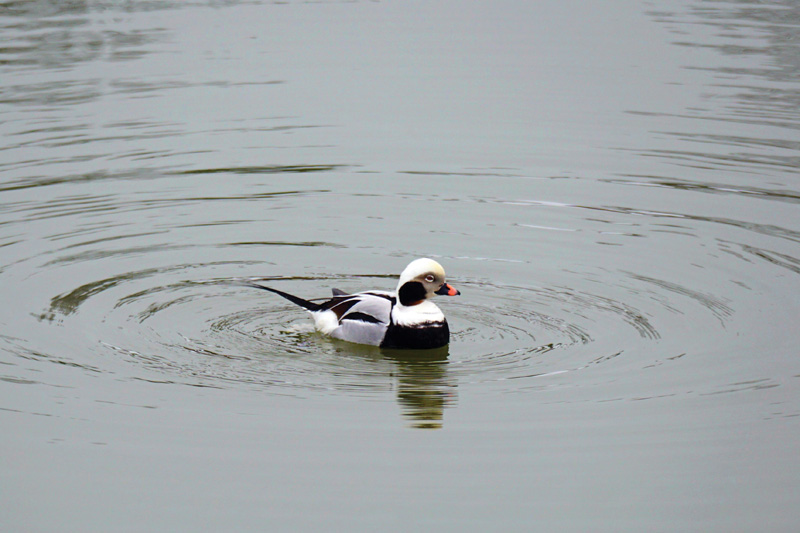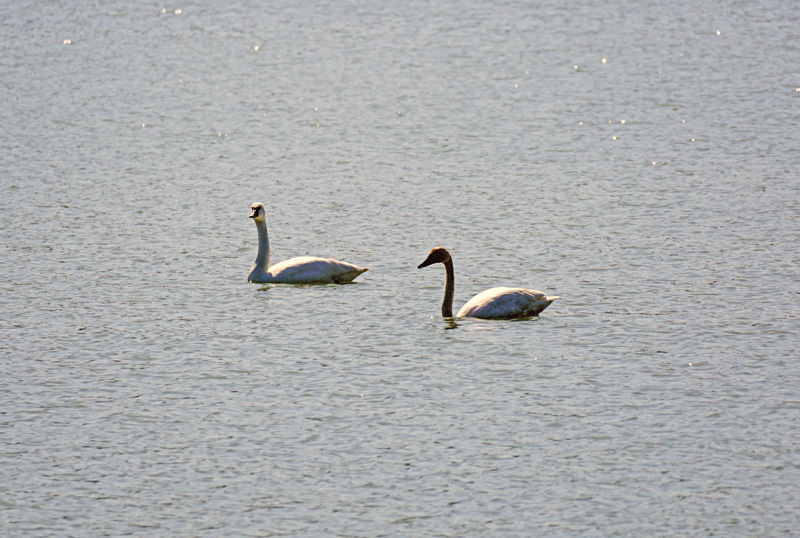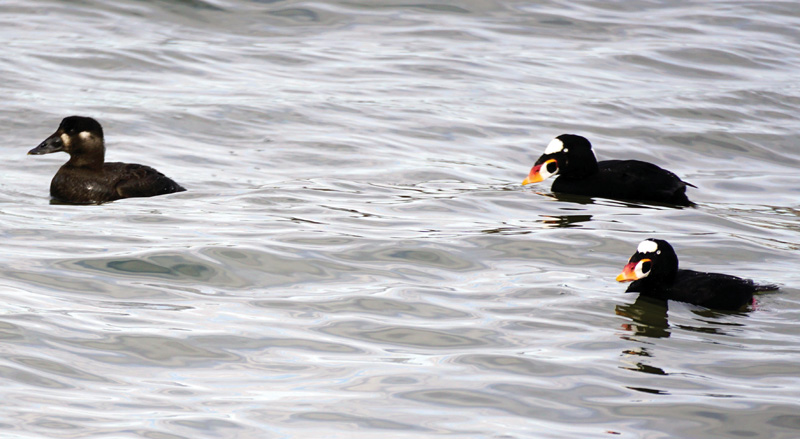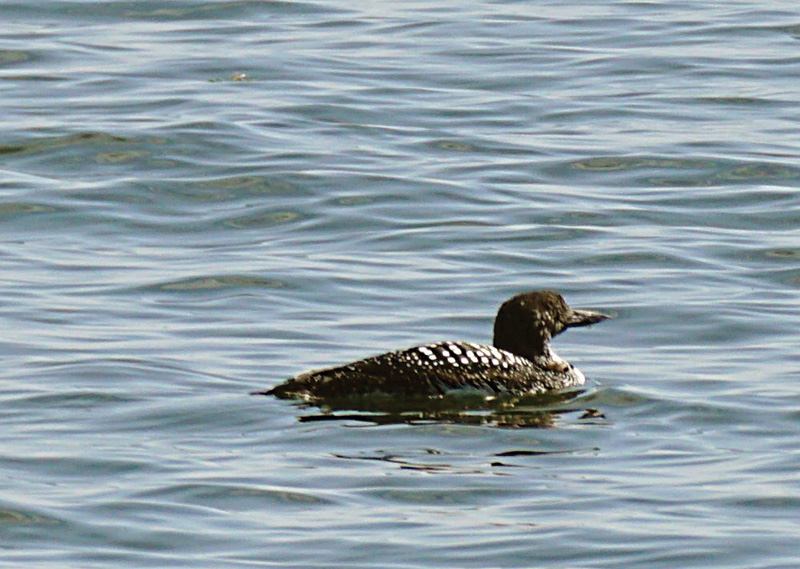Migratory water birds flock to the Bay in winter.
Once the trees are bare, boats sit idle or languish in dry dock as captains hunker down in their homes. In colder months, a different breed of visitor flocks to the Chesapeake Bay. Migratory birds use the Bay as a pit stop, and some make its waters their winter home. For nature-loving boaters, winter birds make an off-season visit to the Bay worth a trip.

Each winter, I walk the Western Shore, photographing feathered foreigners. Water birds are the most visible, so I devote my winters to collecting photos of them. I didn’t set out to be a birdwatcher, but when I spied a rare bird, I was as hooked as any binoculared fanatic.
Maryland Department of Natural Resources (DNR) waterfowl expert Josh Homyack gave me the rundown on fall and winter water birds: “Some of these birds are using the Bay and its food resources as a stopover point on their way to points south, and some will winter here. It varies by species and weather conditions. Whether they are using it as a refueling point or an overwintering spot, the Chesapeake is a vital habitat for these birds.”
According to the DNR, about 27 species of water birds use the Bay during the fall and winter.

“Species include Canada geese, snow geese, and Atlantic Brant; Tundra swans; diving ducks such as canvasback, redhead, lesser and greater scaup, ruddy ducks, buffleheads, common goldeneye, ring-necked ducks, hooded mergansers, common mergansers, and red-breasted mergansers; puddle duck such as mallards, black ducks, American wigeon, gadwall, green-winged teal, blue-wing teal, shovelers, northern pintails, and wood ducks; sea ducks such as black scoters, white-winged scoters, surf scoters, common eider, and occasional or uncommon ducks such as king eiders, harlequin ducks, black-bellied whistling ducks and tufted ducks,” Homyack said.

As I haunt the North Beach, MD, boardwalk and nearby streams in colder months, flocks bob in the water, some diving, some dabbling for food. Sometimes the birds are too far from shore to identify, but I train my zoom lens on them. I’m never disappointed. I shot some black ducks a few years ago, and when I saw the photos, they had the coolest bright red, orange, and white bills—surf scoters.
Waterfowl arrive in the region from late August to December, but Homyack says, “The timing of migration varies with species and weather—not only the weather here but sometimes the weather conditions hundreds or even thousands of miles away. Waterfowl will begin moving north in late January with most having departed the Bay region by mid-April.”
Tundra Swans come from as far away as Alaska and Arctic Canada. Canada geese come from subarctic Quebec and mallards and black ducks from northern New York and New England, southern Quebec, and Canada’s maritime provinces. He told us, “Diving ducks like canvasbacks, redheads, and scaup come from the northern great plains of the Dakotas and north into Saskatchewan and neighboring provinces.”
Water birds use a variety of ecosystems. The most important types are open water, submerged aquatic vegetation beds, tidal marsh, tidal creeks, freshwater marsh, tidal ponds, inland ponds, and agricultural land, all of which the Bay region offers.

Interested? Check out these water bird hotspots: Eastern Neck Island National Wildlife Refuge, Blackwater National Wildlife Refuge, the end of Oakley Street in Cambridge, MD (where thousands of ducks congregate), or nearby Great Marsh Park.
“Many of our state lands that border on tidal water offer great access and viewing opportunities as well,” Homyack added.
by Maria Bellos Fisher
Read more stories about interesting places to visit around the Chesapeake Bay.




